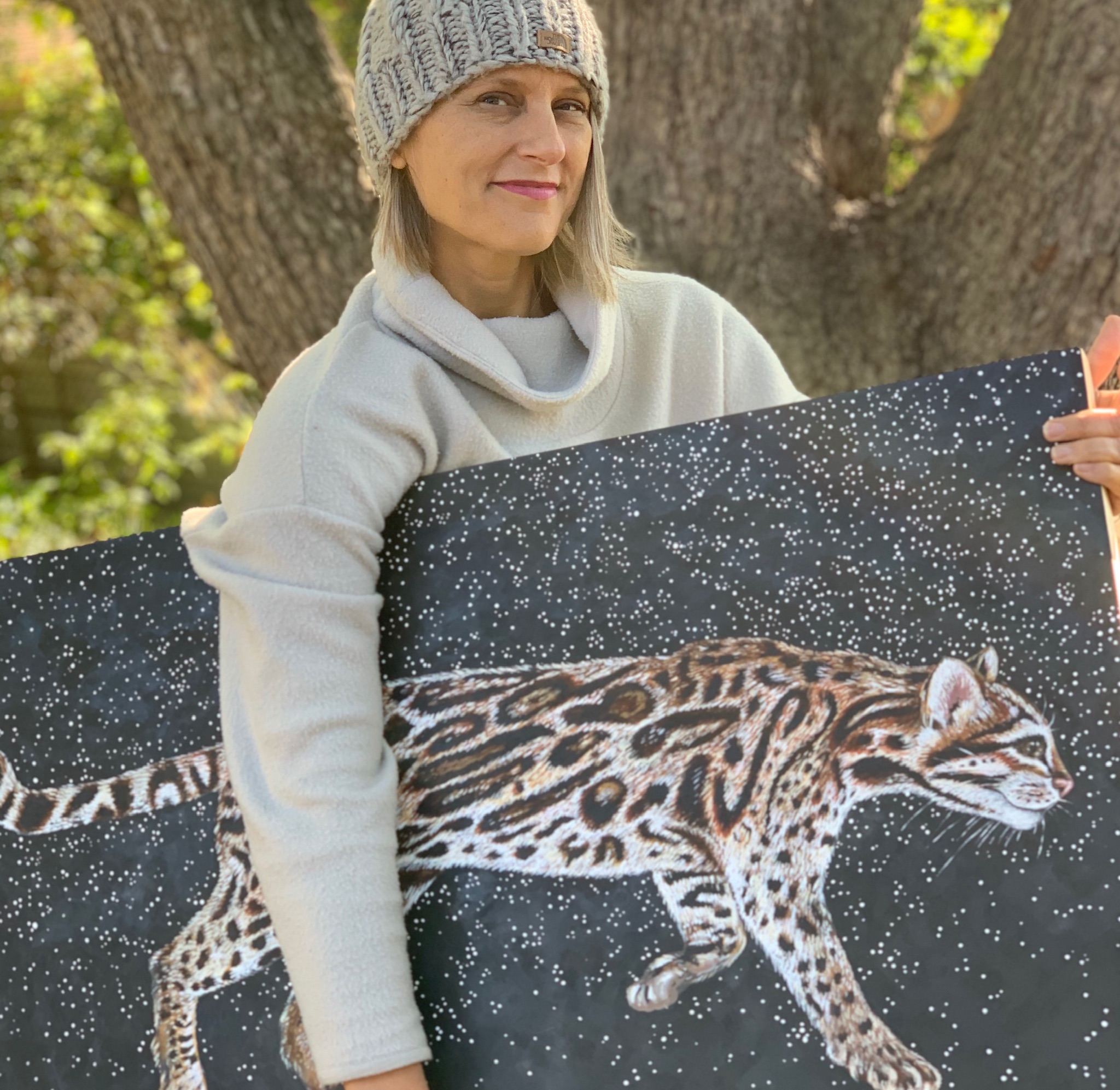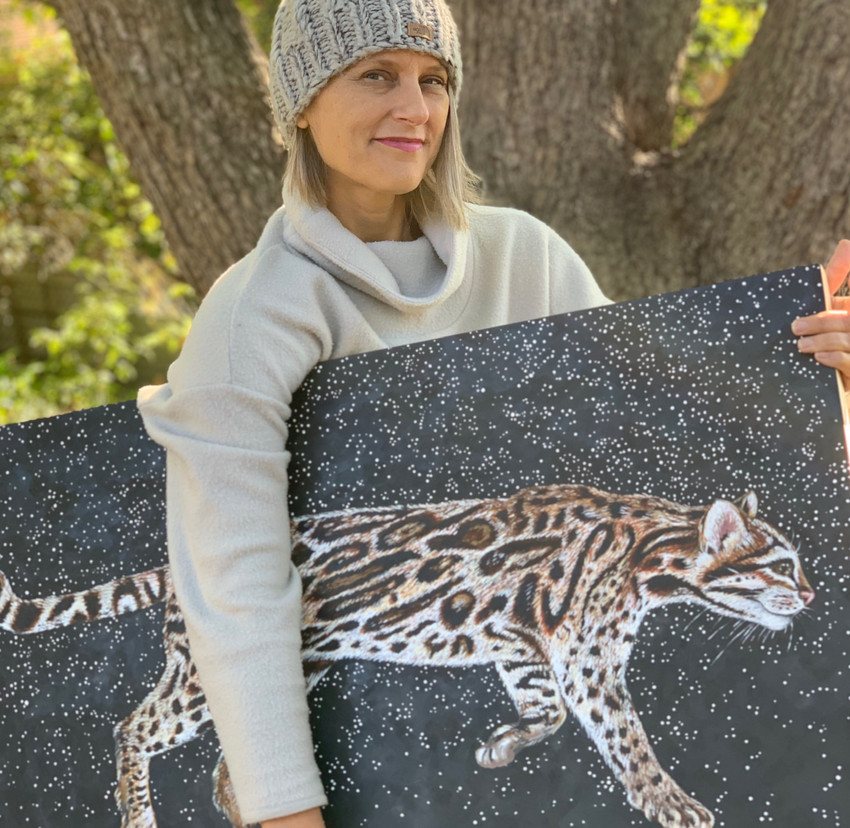
Want to do something good for the world today? THIS is an easy one...
There is some bipartisan legislation on the table that is getting support called Recovering America's Wildlife Act. It will help more species stay off of the Endangered Species List- (Pictured is the only species that I have painted that resides on that scary list. The Ocelot- Leopardus pardalis). .
Here's the 3 minute thing that you can do:
txwildlifealliance.org has a link you can follow to draft a letter to your U.S. House Representative to urge them to co-sponsor the Recovering America's Wildlife Act (RAWA), H.R.3742.
.
It doesn't matter where you live, RAWA offers an incredible opportunity to protect species and their habitats throughout our entire the country.
.
Feel free to reach out to me with questions or comments. Or I bet some of the pros on this topic would be more than happy to provide you with information.
@NationalWildlifeFederation@TexasParksandWildlife@ournatureusa
ABOUT THE OCELOT:
“There are an estimated 50 ocelots that remain in the United States (including a breeding population at Laguna Atascosa Wildlife Refuge).
Ocelots are different from most other cat species in that they can turn their ankle joints around which allows them to literally climb ‘down’ a tree. This important self-defense mechanism lets them escape from predators like mountain lion or bobcat, species of cats that cannot retract their claws (and must figure out how to get out of the tree they just climbed). Unlike most other cats, ocelots are also good swimmers.
These small cats need a lot of space. Male ocelots typically have a territory of about 25 square miles, while the females’ territory is around nine square miles. To warn othe rocelots to stay away, they mark their territories in many ways, including spraying urine or leaving feces. Males in particular are very protective of their territories and will defend them to the death.
In South Texas, the ocelots’ diet consists mostly of rabbits, mice, rats and birds. They are nocturnal and like to travel under the cover of darkness...”
HOW YOU CAN HELP:
5% of the sale of THIS piece will be donated to TPWD Nongame Fund
You can help by writing your U.S. HouseRepresentative to urge them toco-sponsor the Recovering America’sWildlife Act (RAWA), H.R.3742
Source:
www.fws.gov/refuge/laguna_atascosa/wildlife_and_habitat/ocelot.html

